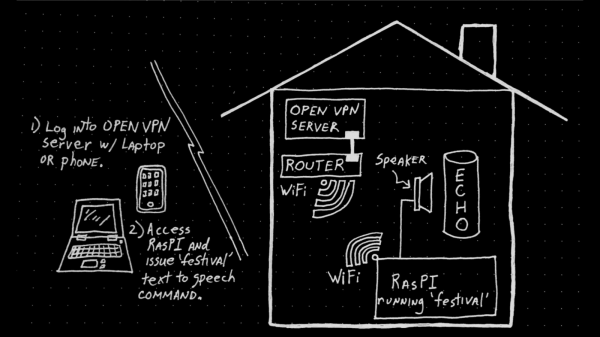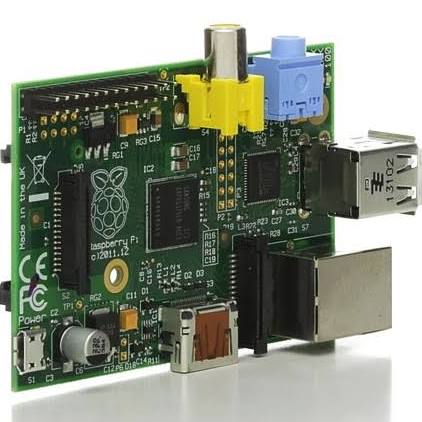If you are not within ear-shot of your Alexa Echo, Dot or Tap device and need to command it from anywhere in the world, you’d most likely use the handy mobile app or web interface to control it. For some strange reason, if you’d rather use voice commands from anywhere in the world, you can still do it using apps such as Alexa Listens or Reverb, among many others. We’d be the first ones to call these out and say “It’s not a hack”. But [pat dhens] approach is above reproach! He has posted details on how to Remote Control the Alexa Echo from Anywhere in the World. Short version of the hack — he’s using a Raspberry Pi with a speaker attached to it which commands his Alexa Tap using a text-to-speech converter program.
The long version is short as well. The user uses a VPN, such as OpenVPN, to log in to their home network where the Alexa device is located. Then, use VNC to connect to the Raspberry Pi to access its shell. Finally, the user issues a text command which is converted to speech by the ‘festival‘ program on the Raspberry Pi. The output goes to an external speaker via the Raspberry Pi’s 3.5 mm audio out jack. And that’s all there is to it. You’ve just issued a voice command to your Alexa from across the world.
Maybe it will save your vocal chords from damage due to excessive hollering, we guess. He’s even made a short video to prove that it works. Now all it needs is a microphone to listen to Alexa, convert speech-to-text, and then transmit it back to you across the world to complete the cycle.
We’re not sure, but he thinks this hack will lead him to world domination. Good Luck with that.
Continue reading “Control Alexa Echo From Anywhere In The World”














